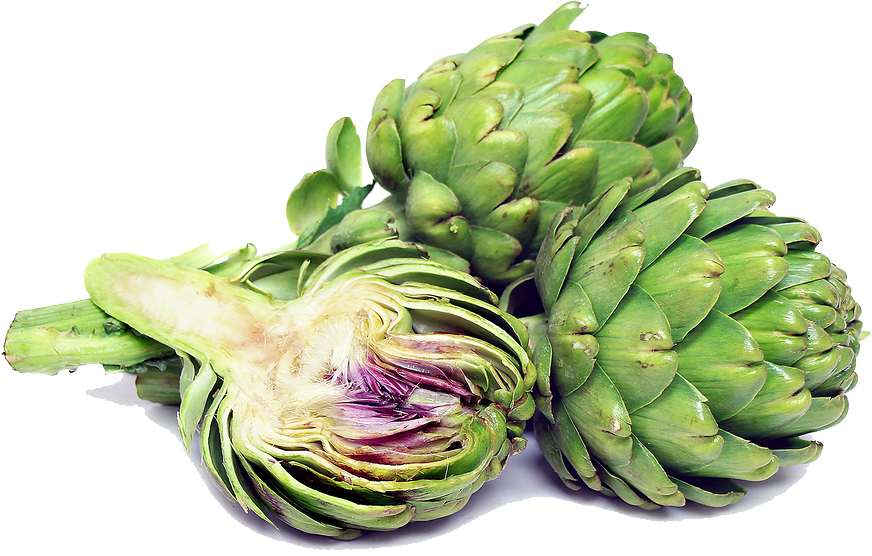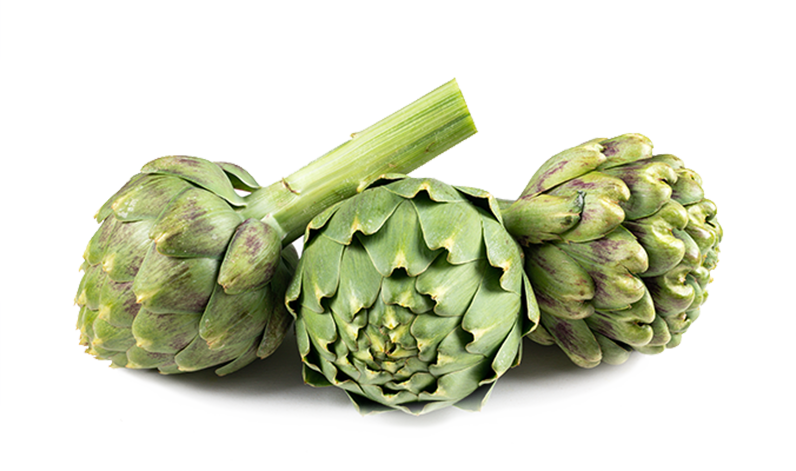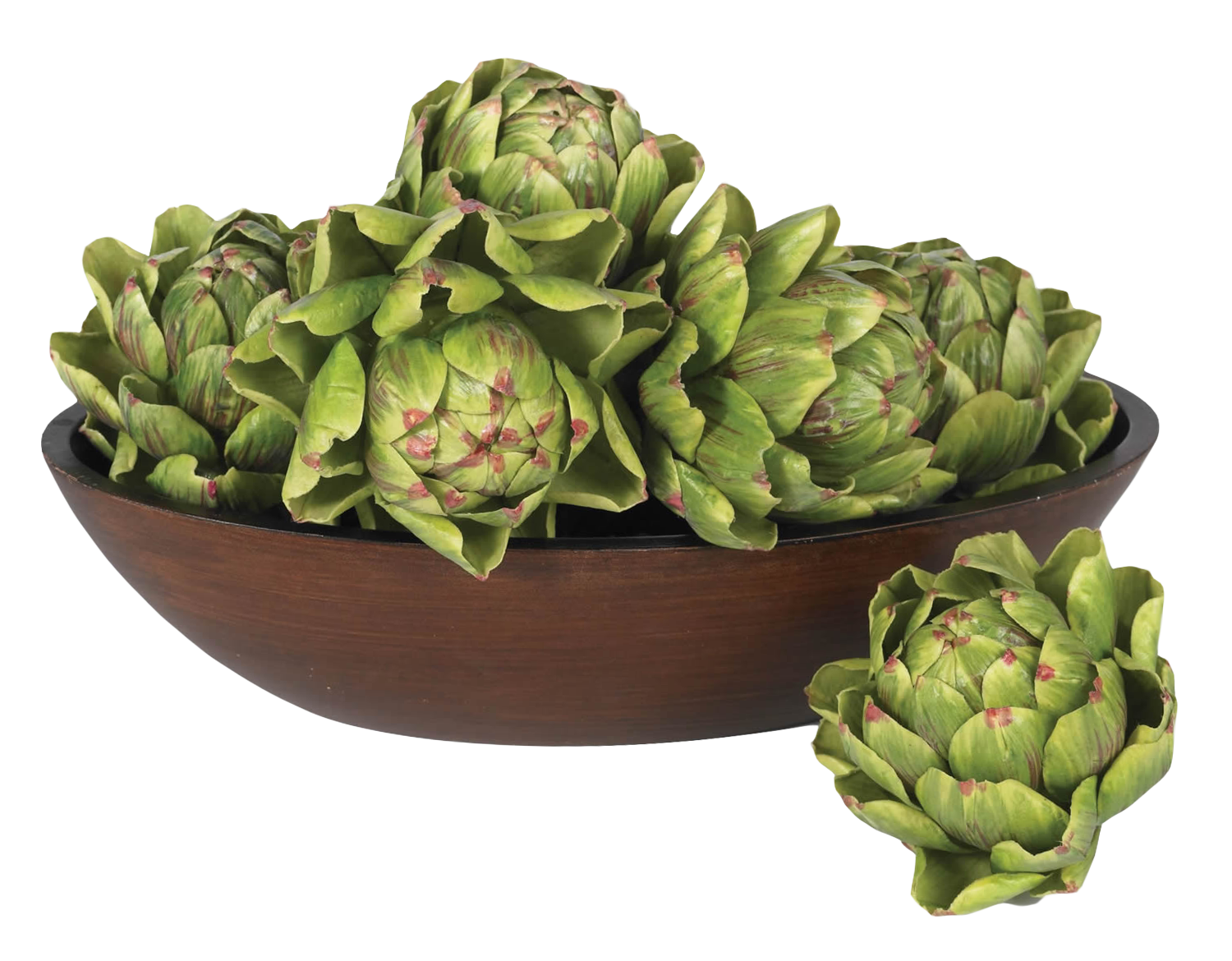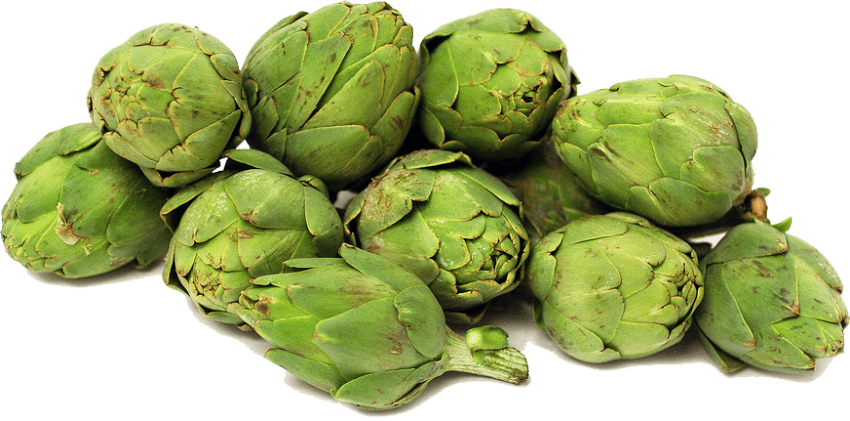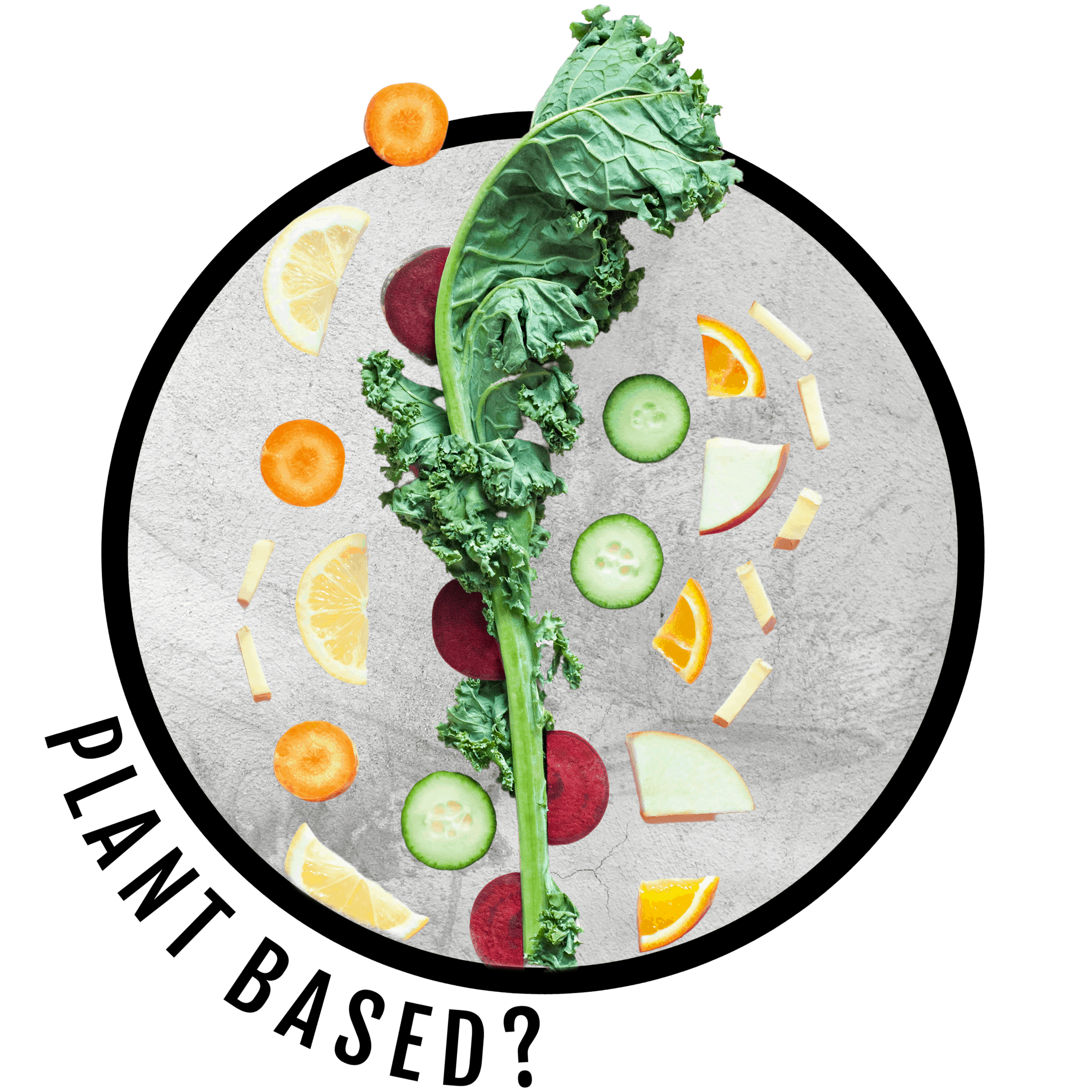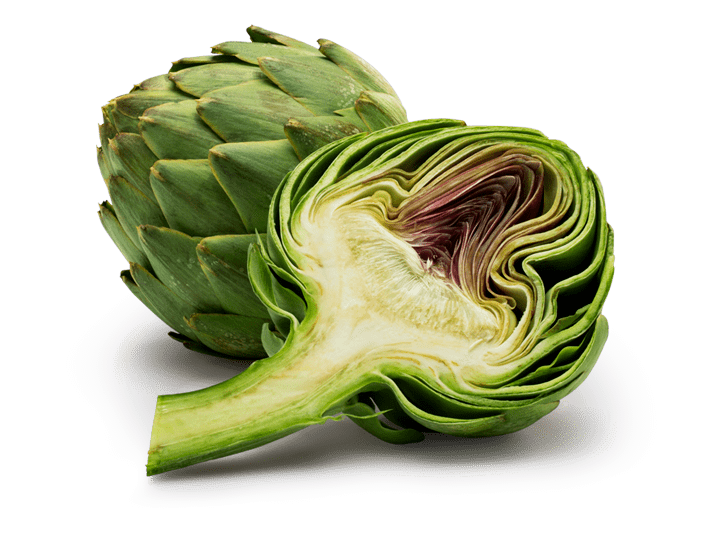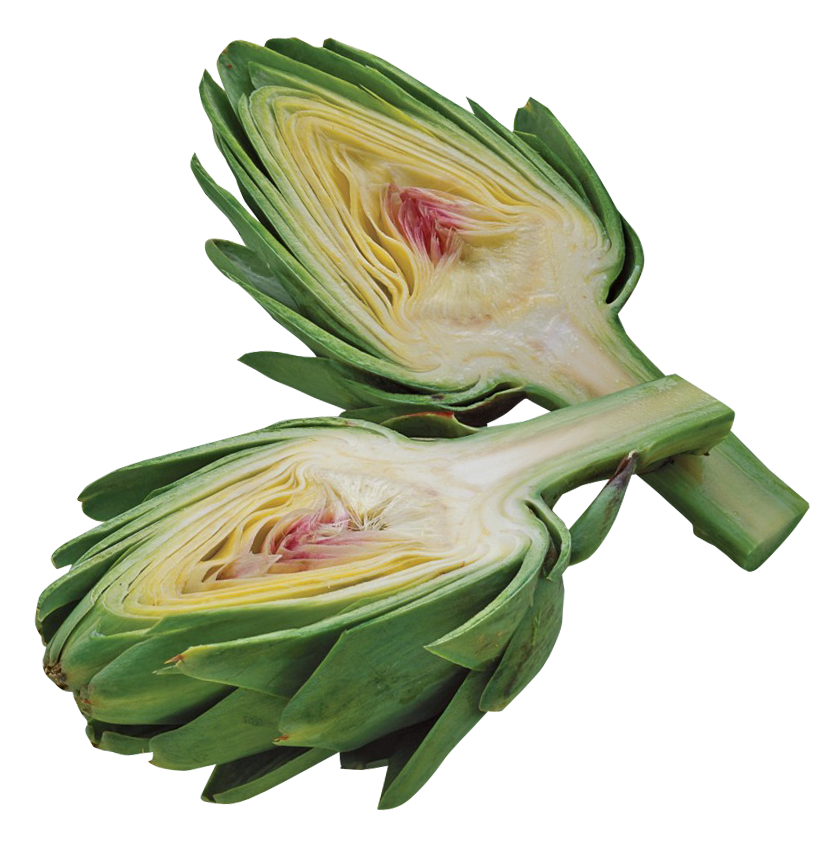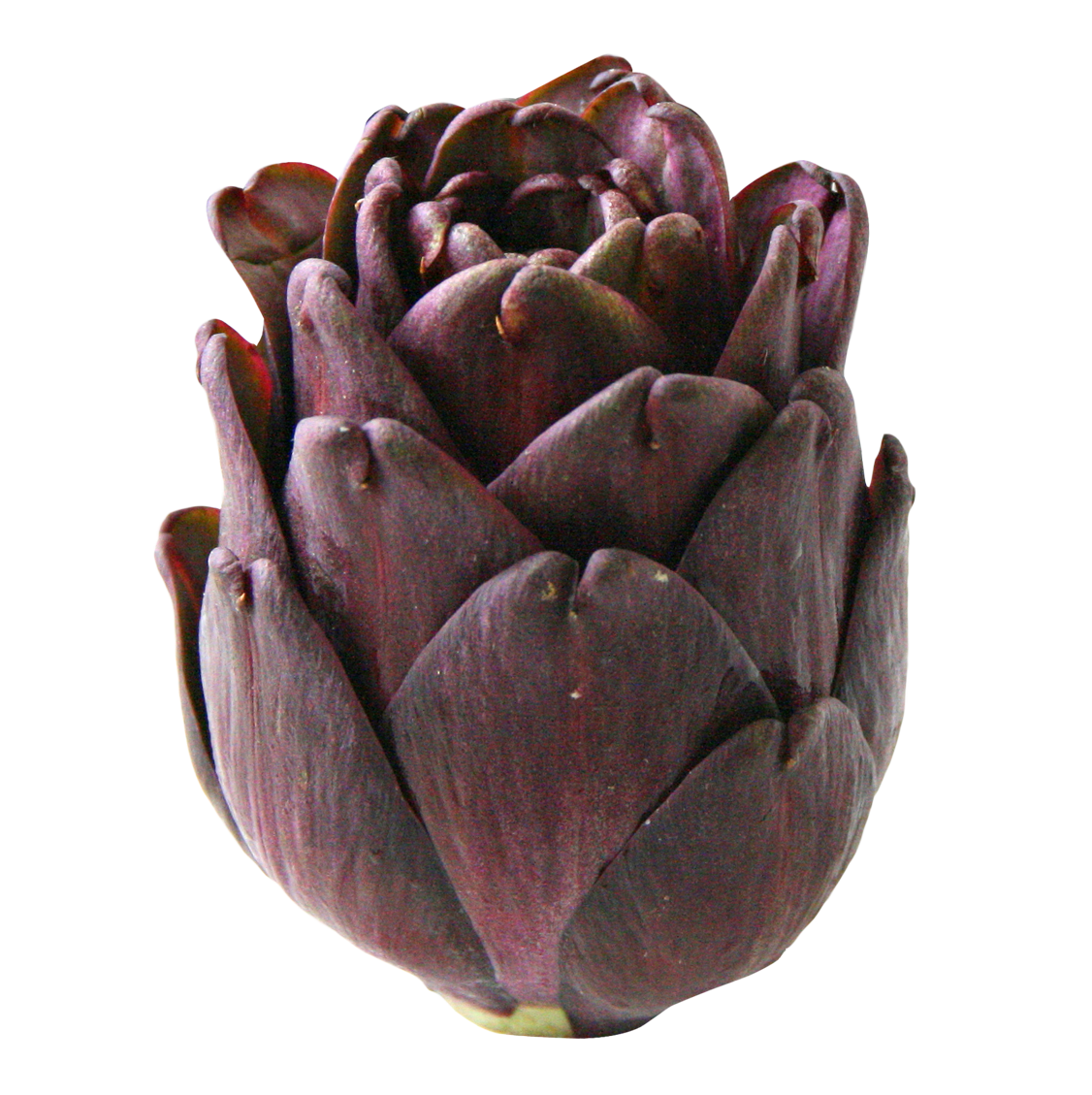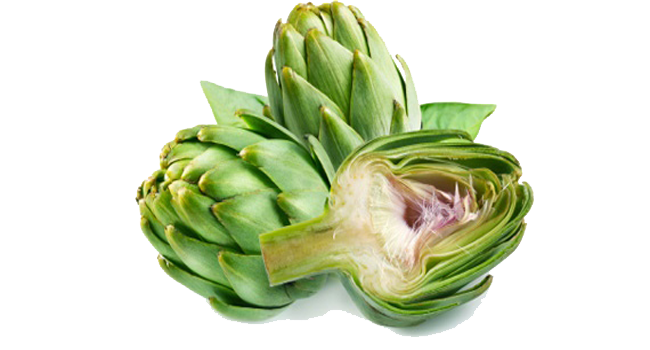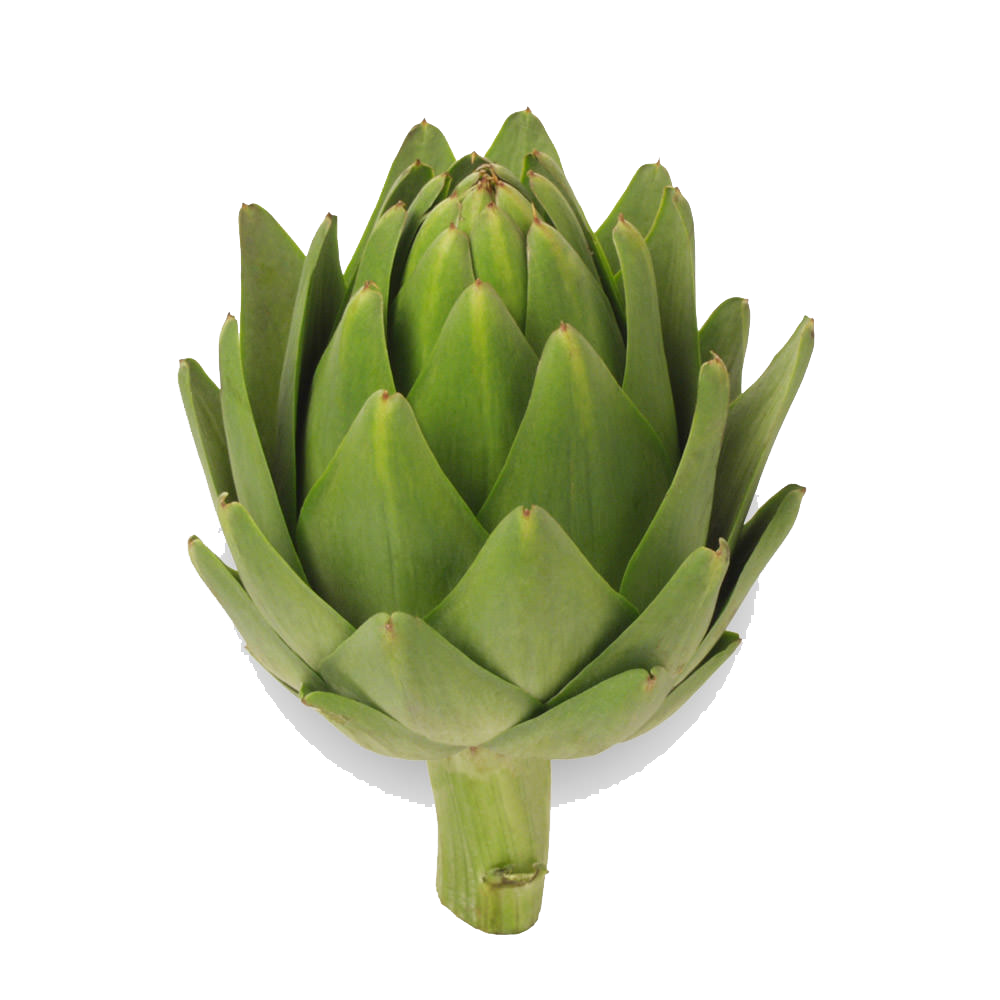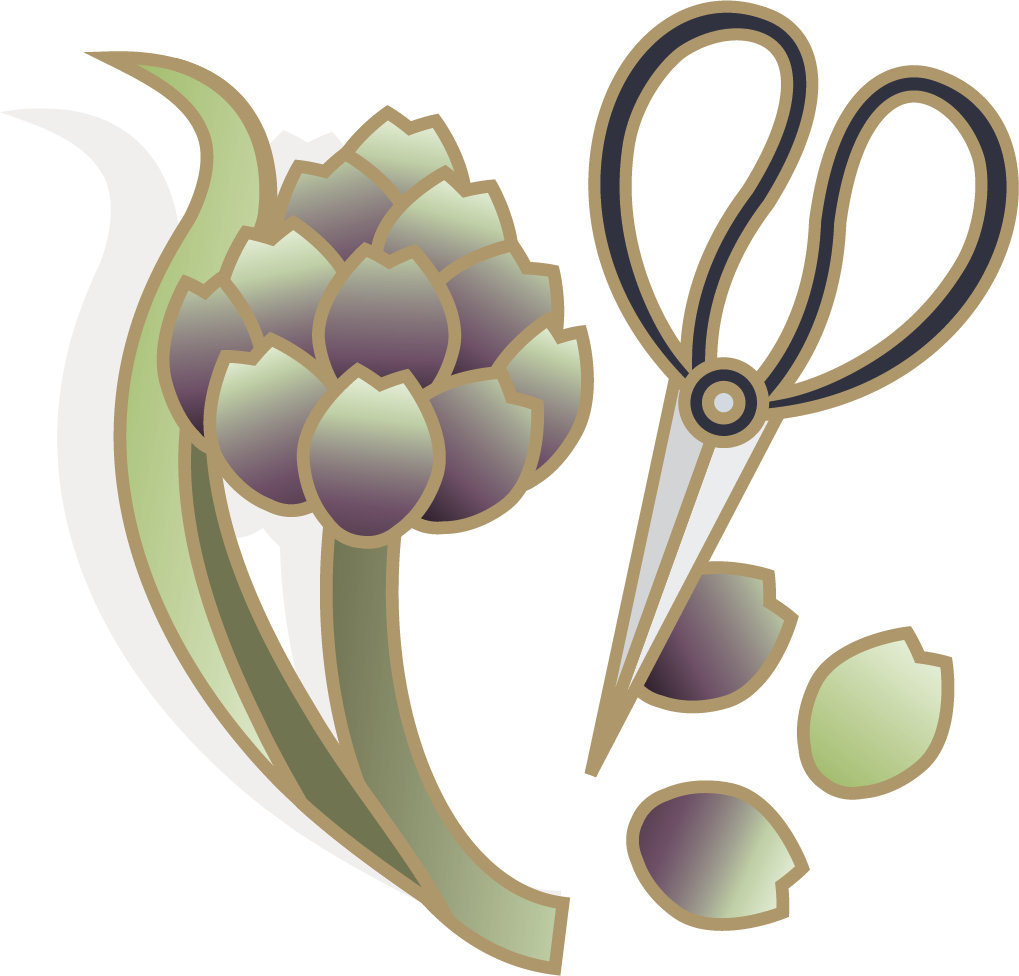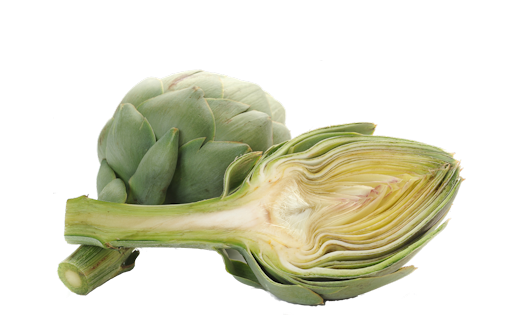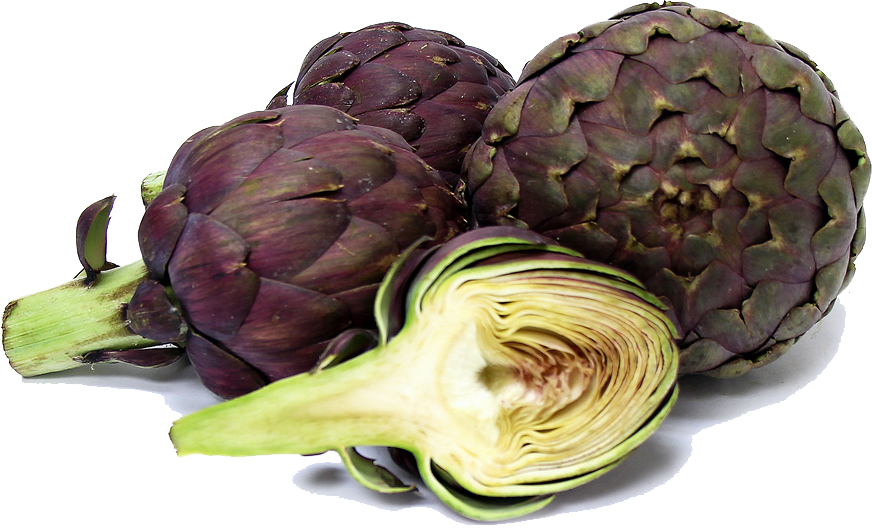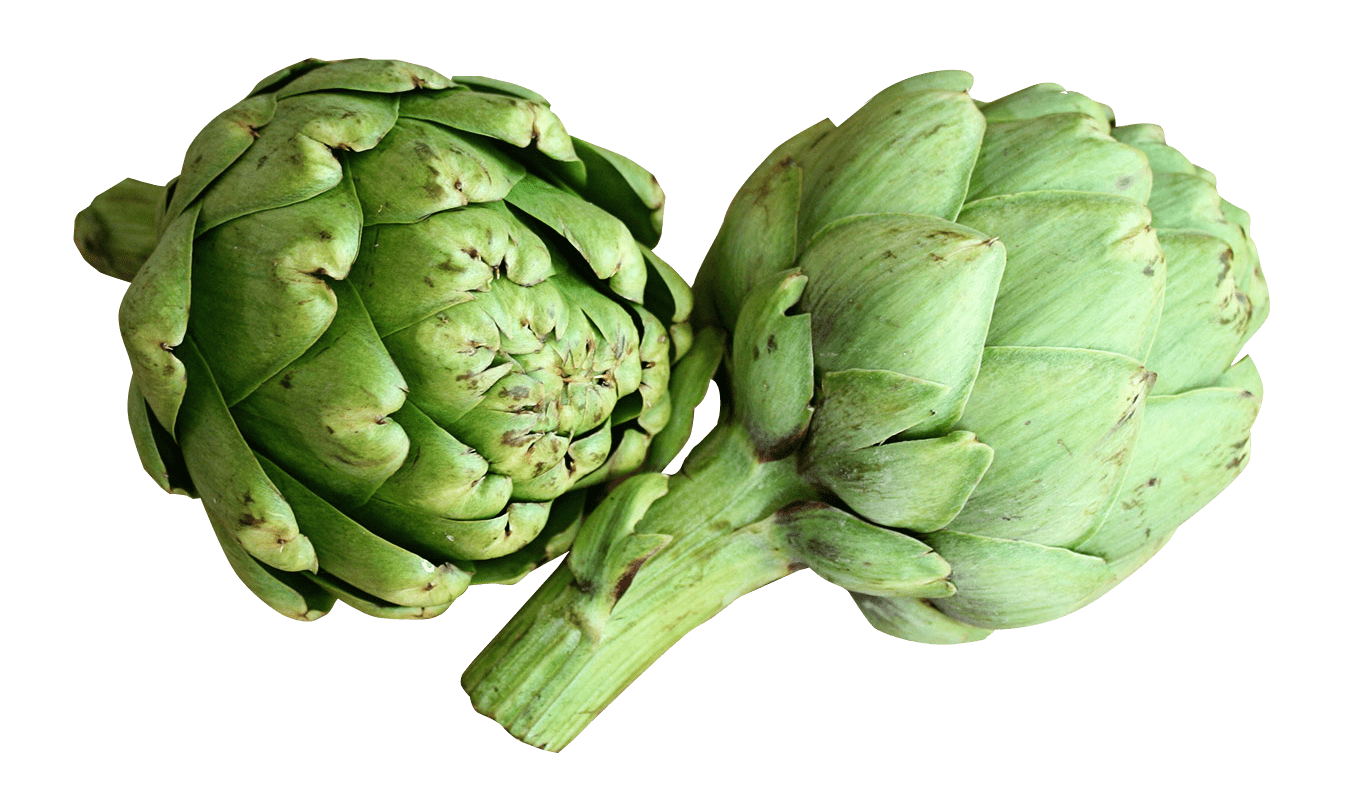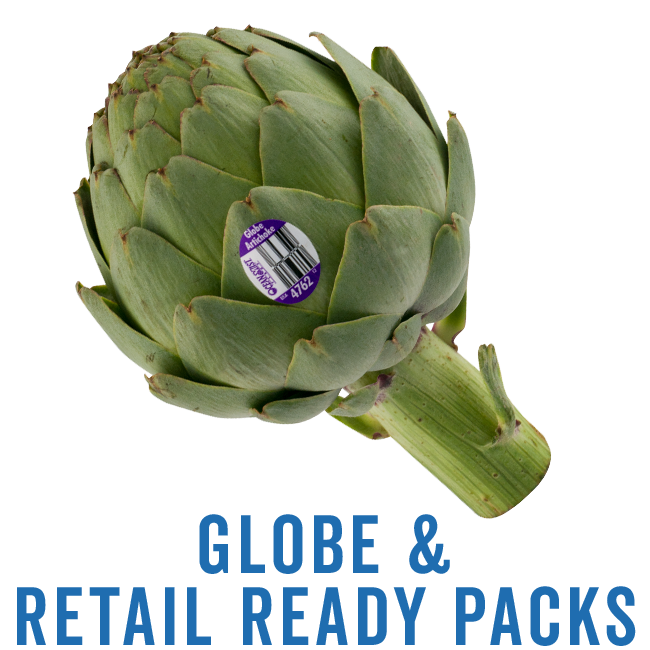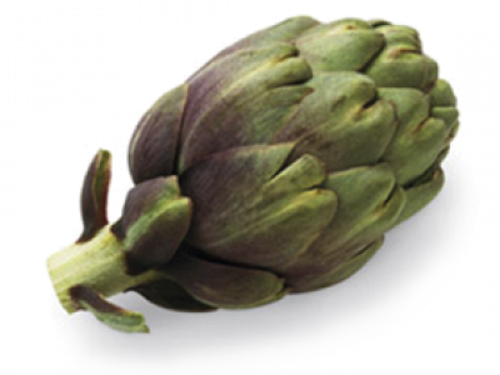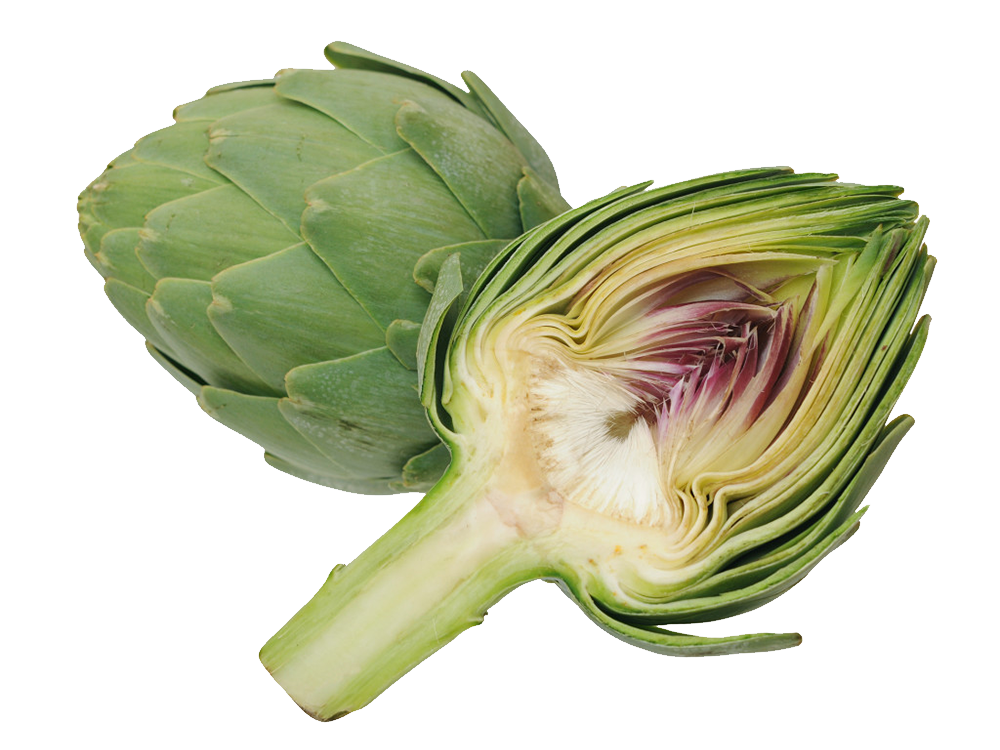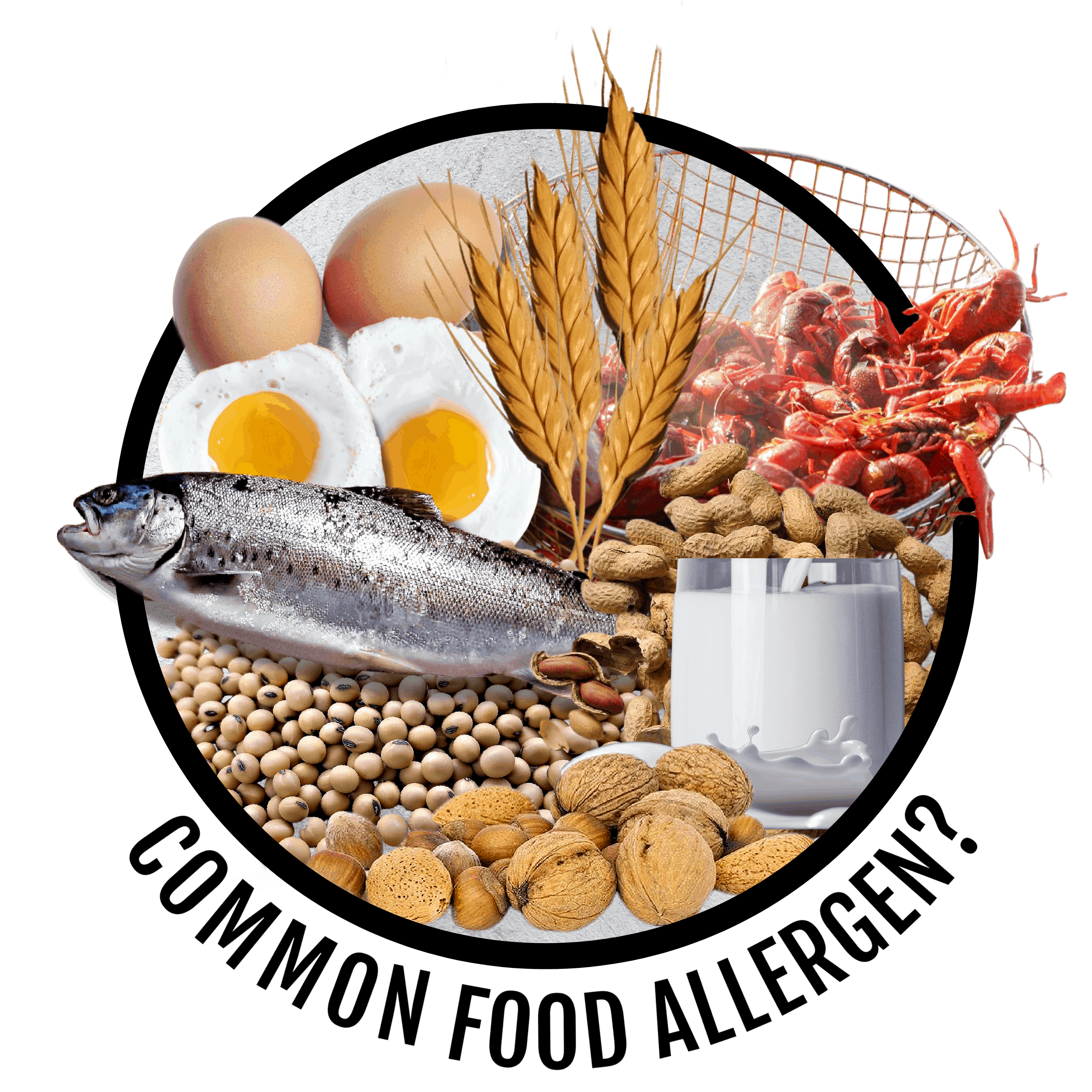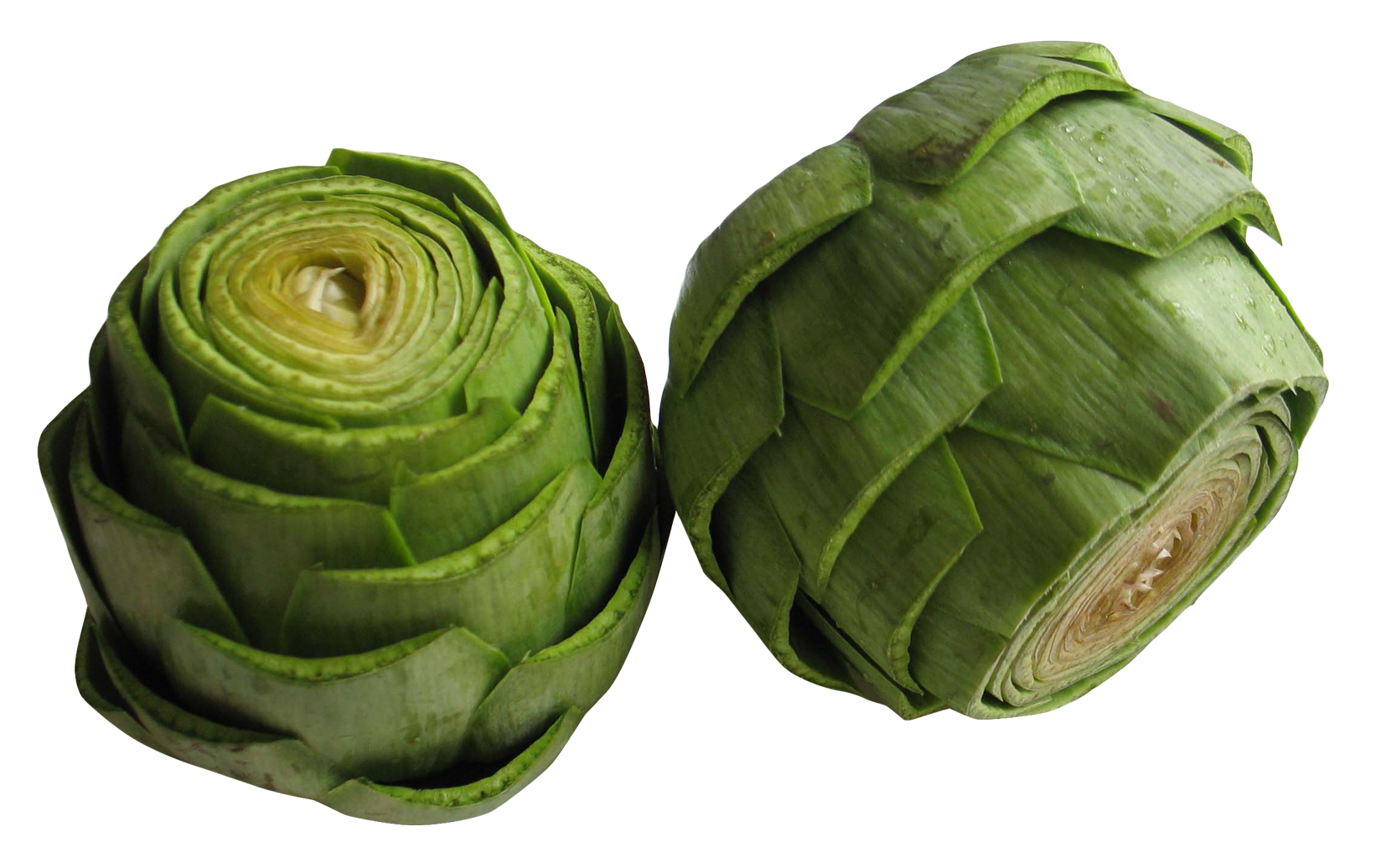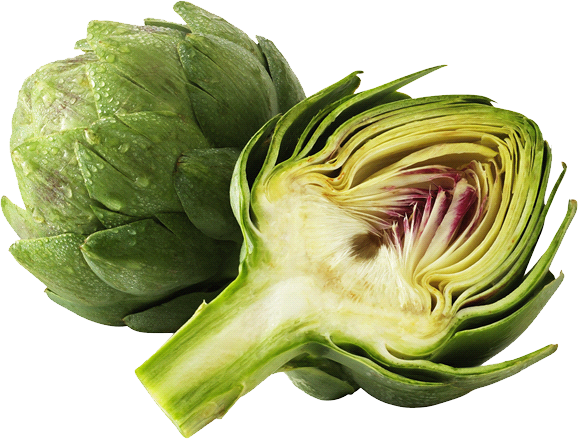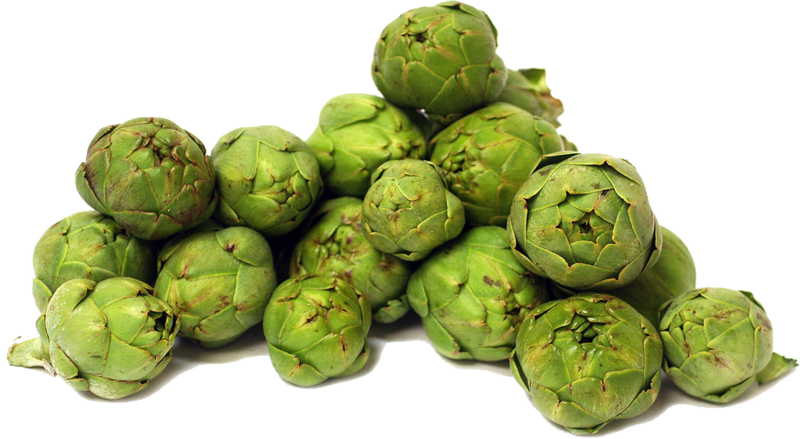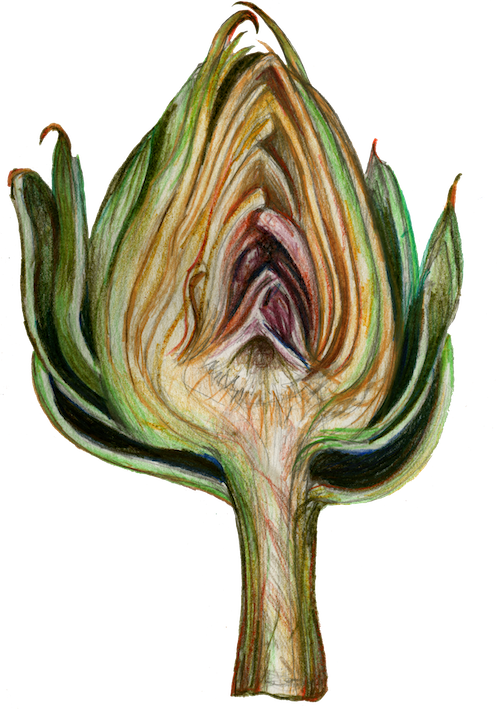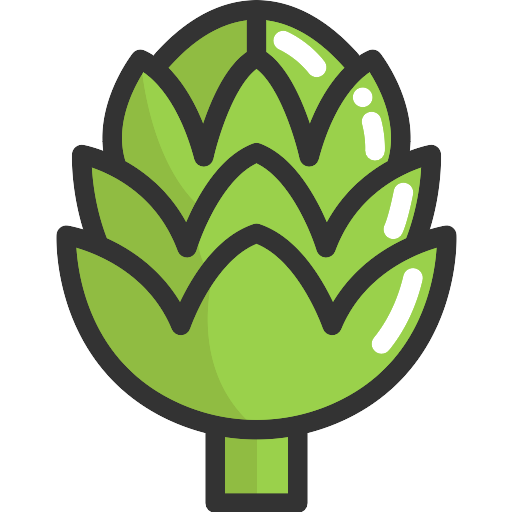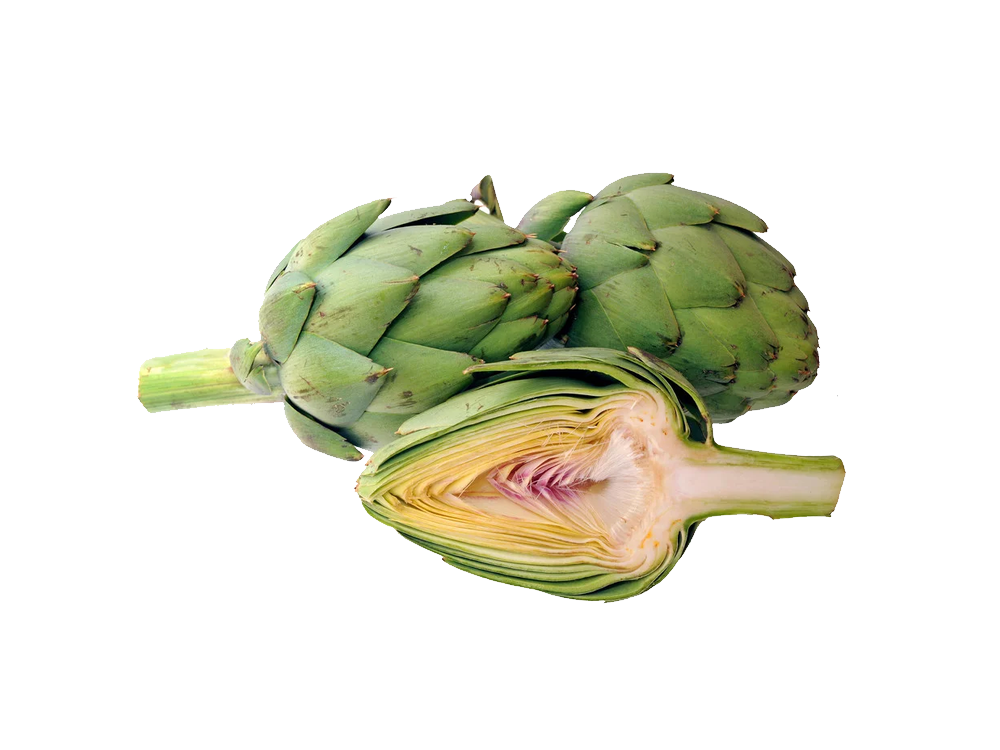Download top and best high-quality free Artichokes PNG Transparent Images backgrounds available in various sizes. To view the full PNG size resolution click on any of the below image thumbnail.
License Info: Creative Commons 4.0 BY-NC
The globe artichoke, also known as French artichoke or green artichoke in the United States, is a food-producing variation of a type of thistle.
Before the flowers bloom, the flower buds are the part of the plant that can be eaten. The blossoming artichoke flower-head is a cluster of numerous budding tiny flowers (an inflorescence) with many bracts on an edible base. The structure of the buds transforms to a gritty, hardly edible shape after they bloom. The cardoon, a perennial plant endemic to the Mediterranean region, is another variation of the same genus. There are wild variations as well as produced varieties (cultivars).
With arching, highly lobed, silvery, glaucous-green leaves 50″83 cm (19+12″32+12 in) long, this vegetable grows to 1.4″2 m (4 ft 7 in”6 ft 7 in) tall. The flowers grow in a big head from an edible bud with many triangular scales 8″15 cm (3″6 in) in diameter; the individual florets are purple. The fleshy lower sections of the involucral bracts and the base, known as the heart, are the most delicious parts of the buds; the choke or beard is a clump of immature florets in the middle of the bud. In older, bigger blooms, they are inedible.
The English term artichoke was derived from the northern Italian word articiocco in the sixteenth century (the standard modern Italian being carciofo). The Italian phrase was derived either from the Spanish alcarchofa (now typically alcachofa) or directly from the Spanish word’s source”medieval Andalusi Arabic (al-kharshfa, containing the Arabic definite article al).
The Arabic form kharshfa is still used in Maghrebi Arabic today, while kharshafa and Modern Standard Arabic khurshfa are alternative Arabic variations. These Arabic forms are derived from the term (arshafa) in classical Arabic, however the roots of that word are unknown. Israeli Hebrew, for example, contains the term (khursháf) for the artichoke, which is derived from Arabic.
European names for the artichoke have impacted Arabic in their own right, while being taken from Arabic. The contemporary Levantine Arabic word for artichoke, for example, is (ar shawk). This Arabicization (via phono-semantic matching) of the English word artichoke or other European words like it means “earthy thorny.”:213″214.
Due to folk etymology and phono-semantic matching, names for the artichoke have frequently changed form, much as the Levantine Arabic ar shawk. The Italian forms articiocco and arci- (‘arch-, chief’) and ciocco (‘stump’) appear to have been modified to match to the Italian arci- (‘arch-, chief’) and ciocco (‘stump’). Artichaud (equivalent to chaud, ‘warm’) and artihault (corresponding to haut, ‘height’) are two forms of the French term artichaut (which also originates from Arabic, probably via Spanish). Hartichoak, which means heart and choke in English, has prompted complex explanations about the vegetable’s ability to choke its diners or take over a garden, choking out other plants.
Download Artichokes PNG images transparent gallery.
- Fresh Artichokes PNG Photos
Resolution: 872 × 556
Size: 685 KB
Image Format: .png
Download
- Artichokes PNG Images HD
Resolution: 796 × 471
Size: 402 KB
Image Format: .png
Download
- Artichokes PNG Pic
Resolution: 1500 × 1170
Size: 1447 KB
Image Format: .png
Download
- Fresh Artichokes PNG
Resolution: 850 × 421
Size: 190 KB
Image Format: .png
Download
- Artichokes PNG Picture
Resolution: 2500 × 2500
Size: 2392 KB
Image Format: .png
Download
- Fresh Artichokes PNG Photo
Resolution: 720 × 540
Size: 115 KB
Image Format: .png
Download
- Artichokes PNG HD Image
Resolution: 835 × 843
Size: 756 KB
Image Format: .png
Download
- Artichokes No Background
Resolution: 1126 × 1129
Size: 1511 KB
Image Format: .png
Download
- Artichokes PNG
Resolution: 650 × 350
Size: 199 KB
Image Format: .png
Download
- Fresh Artichokes PNG Images
Resolution: 1000 × 1000
Size: 500 KB
Image Format: .png
Download
- Artichokes PNG Image
Resolution: 1019 × 976
Size: 139 KB
Image Format: .png
Download
- Fresh Artichokes Transparent
Resolution: 512 × 512
Size: 20 KB
Image Format: .png
Download
- Artichokes Transparent
Resolution: 520 × 325
Size: 154 KB
Image Format: .png
Download
- Fresh Artichokes PNG Cutout
Resolution: 872 × 529
Size: 652 KB
Image Format: .png
Download
- Fresh Artichokes PNG Pic
Resolution: 1348 × 798
Size: 377 KB
Image Format: .png
Download
- Fresh Artichokes PNG Clipart
Resolution: 650 × 650
Size: 325 KB
Image Format: .png
Download
- Artichokes PNG Photos
Resolution: 500 × 375
Size: 192 KB
Image Format: .png
Download
- Fresh Artichokes PNG File
Resolution: 1000 × 750
Size: 719 KB
Image Format: .png
Download
- Artichokes PNG Clipart
Resolution: 2500 × 2500
Size: 1217 KB
Image Format: .png
Download
- Artichokes PNG Image HD
Resolution: 1642 × 1036
Size: 1446 KB
Image Format: .png
Download
- Fresh Artichokes PNG Image
Resolution: 578 × 439
Size: 267 KB
Image Format: .png
Download
- Artichokes
Resolution: 800 × 439
Size: 450 KB
Image Format: .png
Download
- Fresh Artichokes
Resolution: 500 × 709
Size: 460 KB
Image Format: .png
Download
- Artichokes PNG File
Resolution: 512 × 512
Size: 39 KB
Image Format: .png
Download
- Artichokes PNG Photo
Resolution: 512 × 512
Size: 13 KB
Image Format: .png
Download
- Artichokes PNG Cutout
Resolution: 1000 × 750
Size: 412 KB
Image Format: .png
Download
- Artichokes PNG Images
Resolution: 545 × 720
Size: 75 KB
Image Format: .png
Download
